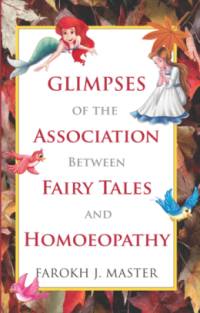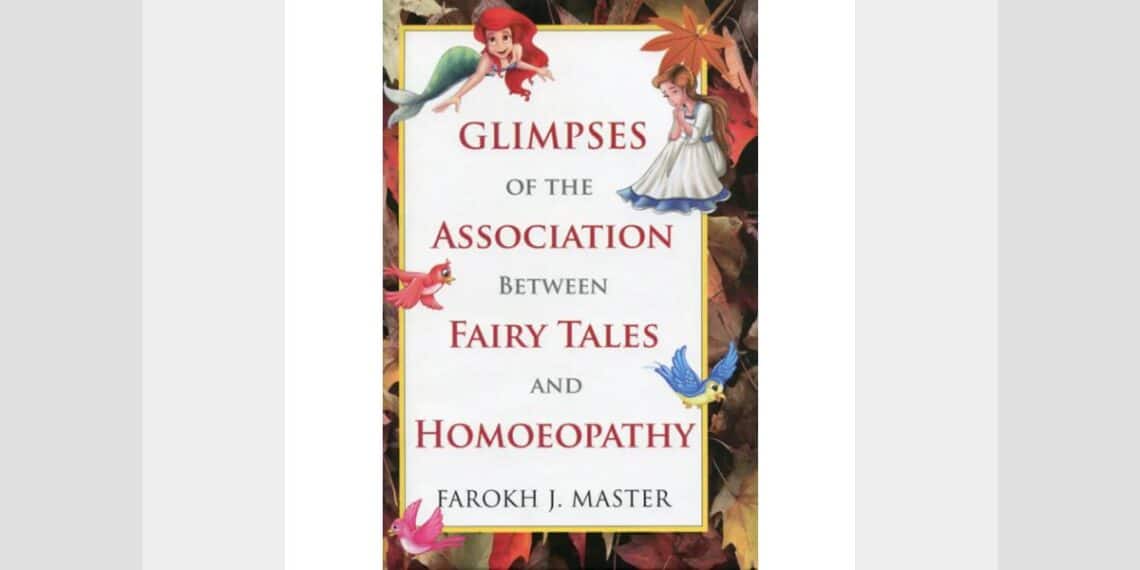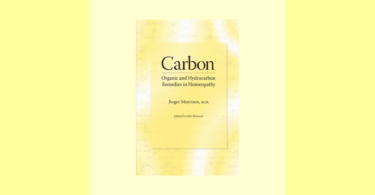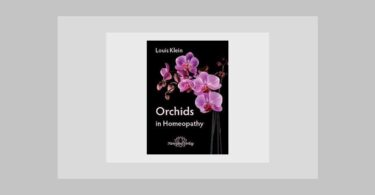
First Edition: 2013
Published for Homeopathic Essence by B. Jain Publishers (P) Ltd.
Printed in India
ISBN: 978-81-319-1174-7
Hardbound
No. of pages: 176
Price: US $ 25.00 | € 19.95
Dr. Farokh J. Master has been a well-known name in the field of homoeopathy for almost three decades. I had the privilege of working in his clinic soon after getting my homeopathic degree and learnt a lot in those 5-6 years.
Psychology plays a very important role in the homeopathic analysis of a case. What appears on the surface is often coloured by deep unconscious nuances of our personalities and our life experiences. As any counsellor, psychologist or psychiatrist will testify, bringing about awareness of our unknown deep-rooted complexes is often the first step to healing.
Carl Jung coined the term Collective Unconscious as a psychic system of a collective, universal, and impersonal nature which is identical in all individuals. This collective unconscious does not develop individually but is inherited. It consists of pre-existent forms, the archetypes, which can only become conscious secondarily and which give definite form to certain psychic contents. (Courtesy: Wikipedia). According to analytical psychology, fairy tales are full of archetypal characters and these fairy tales along with myths have passed down through the ages as allegorical explanations about human nature. As children, most of us have enjoyed these tales without a conscious awareness of the deep symbolism they hold within them. However, the field of analytical psychology has explored these fairy tales to get at the basic patterns of the human psyche. Armed with this knowledge of symbolism that is universal and common to us all, analysts can then help people acknowledge and assimilate difficulties that they face in their own lives.
Dr. Master begins his book with an Introduction to Fairy Tales where he describes the importance of fairy tales and their role in human lives. He touches upon the hidden symbolism and the lessons we can learn from them. In the next chapter, he highlights how different schools of psychology interpret them. Dr. Master proceeds to describe how he uses fairy tales in his practice to interpret the minds of young children. A projective personality test is administered which helps the projection of unconscious feelings onto the stimulus material. The chapters that follow touch upon archetypes, symbolism and interpretation of fairy tales to give readers an idea of what the analytical psychology of fairy tales deals with. Dr. Master talks about women in fairy tales, abusive conflicts, and shadows.
As homeopaths, we go into the life stories of our patients in detail. Dr. Master talks about understanding the archetypes in fairy tales so that we can proceed to understand our patients’ stories better. Dr. Master then begins to explore six well-known fairy tales for an understanding of the archetypes and symbolism they hold within. He proceeds to find their equivalent representation in the homeopathic materia medica by transforming them into repertorial language. He chooses the most suitable remedies for the main characters of each story and follows this up with a few cases from his practice, where he used fairy tale analogues and the Modified Fairy Tale Test to arrive at the right remedy.
After the six chapters on individual fairy tales, Dr. Master introduces the topics of Hero and Villains in fairy tales. He analyses the characteristics unique to each type and repertorizes those characteristics to arrive at a group of remedies for each type.
This book, at 176 pages, is too short to cover the required details to understand analytical psychology and its role in homeopathic practice but Dr. Master has dedicated the last chapter to listing important books that interested readers can then pursue to expand their understanding and knowledge. It has probably been kept short so that it piques the interest of homeopaths to explore the subject further.
The book is small and light and has a decent quality of paper. The font type is pleasantly different from the usual and has illustrations of the different fairy tales. My 5 year old daughter kept grabbing the book and wanted me to read to her from it! Some of the illustrations are cute, while some could have been better. One negative point is the presence of many typographical and grammatical errors; they can be worked on in subsequent printings.
On the whole, this book should stimulate homeopaths to delve into this vast topic and take up a detailed study of the subject.
First published in the January 2014 issue, Vol. 39, No. 10 of “The Homoeopathic Heritage”.




